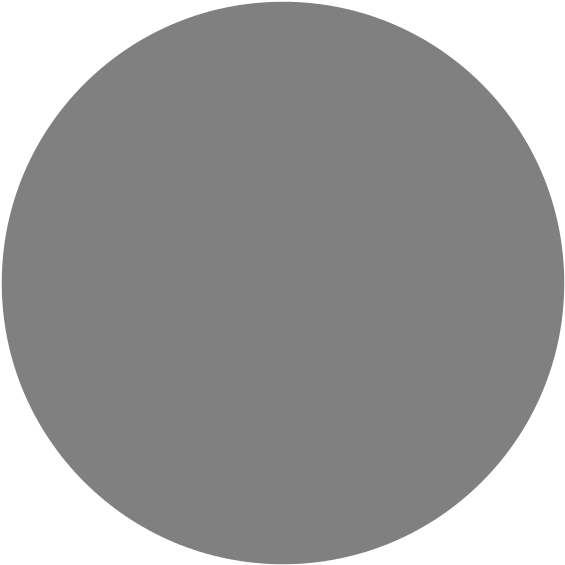|
Computers can be incredibly useful tools, but when they malfunction, it can be a major headache. Fortunately, there are some steps you can take to identify the problem and repair your computer safely and effectively. In this blog post, we'll discuss the various ways to diagnose the issue with your computer and how to fix it once you know what the problem is.

The first step in repairing a computer is diagnosing the issue. Several common issues may cause your computer to malfunction or stop working altogether. These include hardware problems such as a damaged hard drive or faulty RAM sticks; software problems such as virus infections or corrupted system files; or networking issues such as connection errors or slow internet speeds. Knowing what type of problem you're dealing with will help you determine how best to fix it.
Hardware issues can often be identified by looking at the hardware components themselves. If one of your RAM sticks is damaged, for example, then you may notice that your computer won't boot up properly or will run noticeably slower than usual. In these cases, replacing the faulty piece of hardware may be the only solution. Additionally, if your hard drive is damaged then you may need to replace it completely to restore your computer's performance to normal. To generate further details kindly head to infotechcomputers.ca/product-category/refurbished-laptops/
Software problems are generally easier to troubleshoot than hardware issues since they don't require any physical repairs. Viruses and other malicious software can often be identified by running an anti-virus scan on your computer which should detect any malicious files that have been downloaded onto your system. Additionally, software conflicts between different programs installed on your machine can also lead to performance issues so uninstalling unnecessary programs or updating existing ones may help resolve these types of problems. Finally, corrupt system files can often be repaired by running a System File Checker which scans for any missing or damaged system files and replaces them with fresh copies from Microsoft's servers.

By following these steps, you should be able to identify and repair the most common computer problems without having to resort to professional repair services which can be expensive and time-consuming. For more serious issues such as virus infections or severe hardware damage, however, contacting an experienced technician may be necessary to get your machine back up and running again quickly and efficiently. In either case, though, taking some basic steps towards understanding what type of problem you're dealing with should help make sure that whatever solution you choose is both safe and effective for solving the issue at hand.
|









